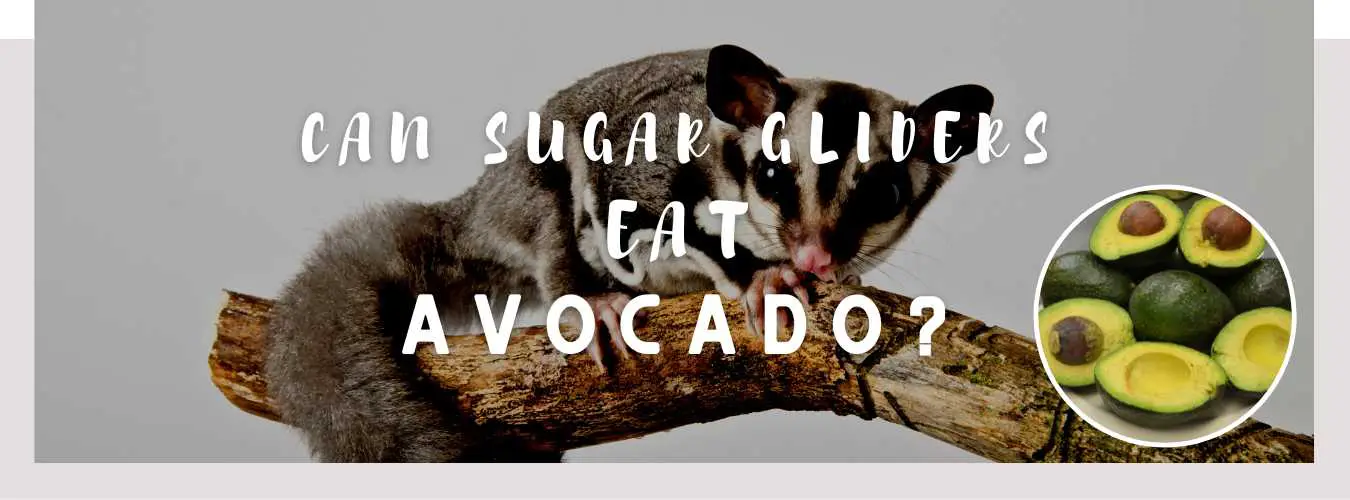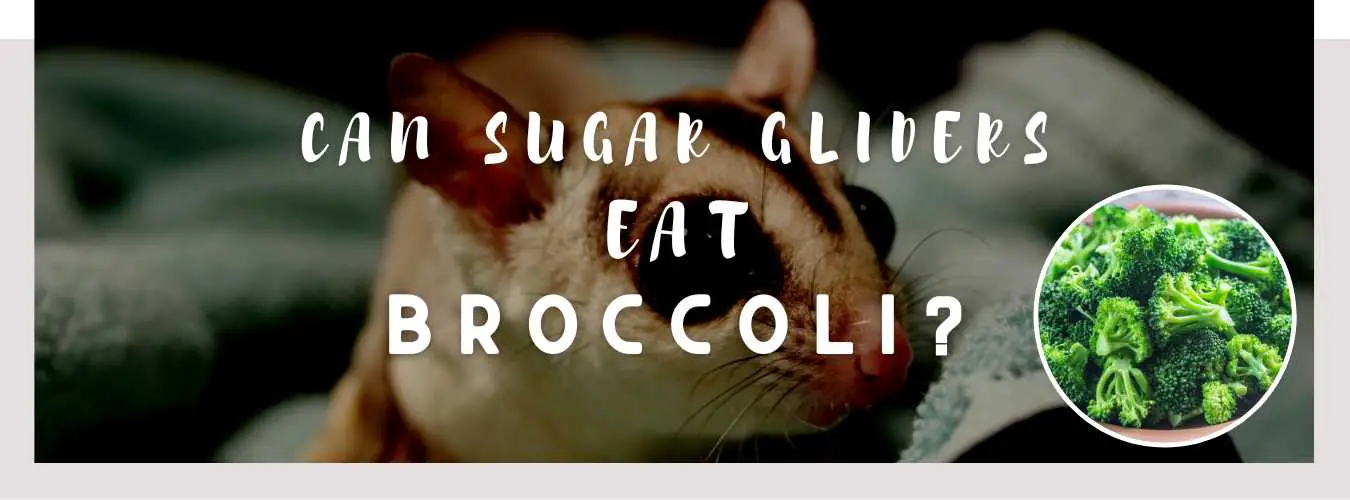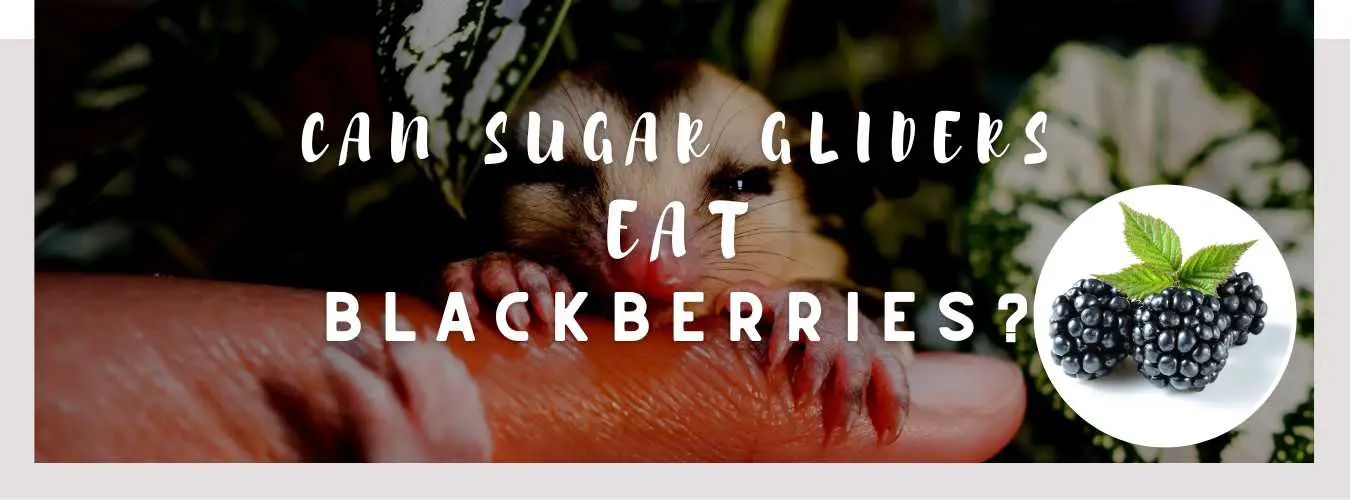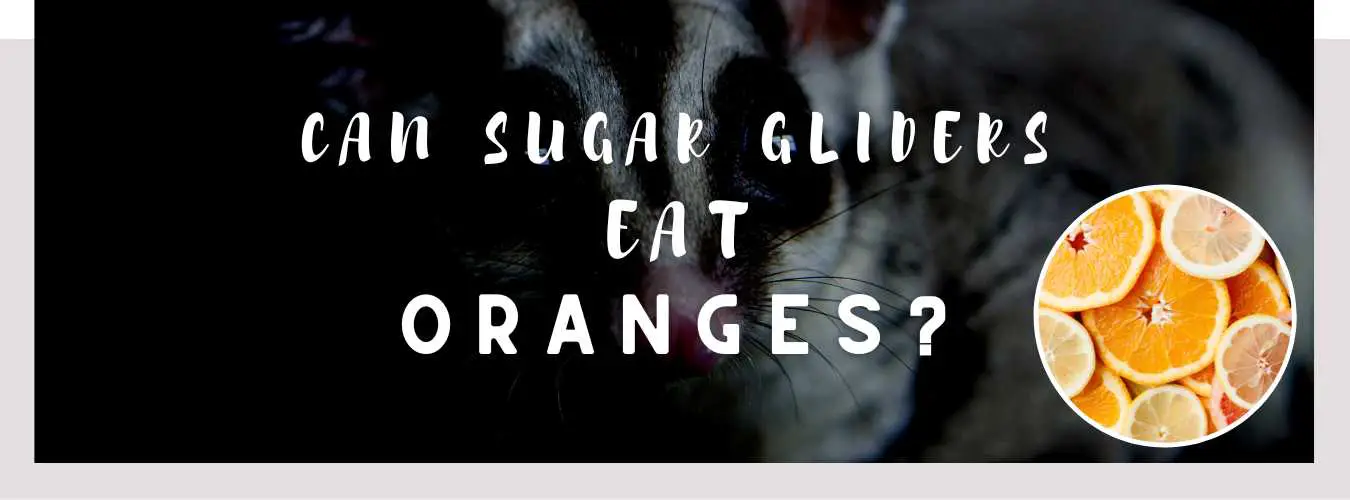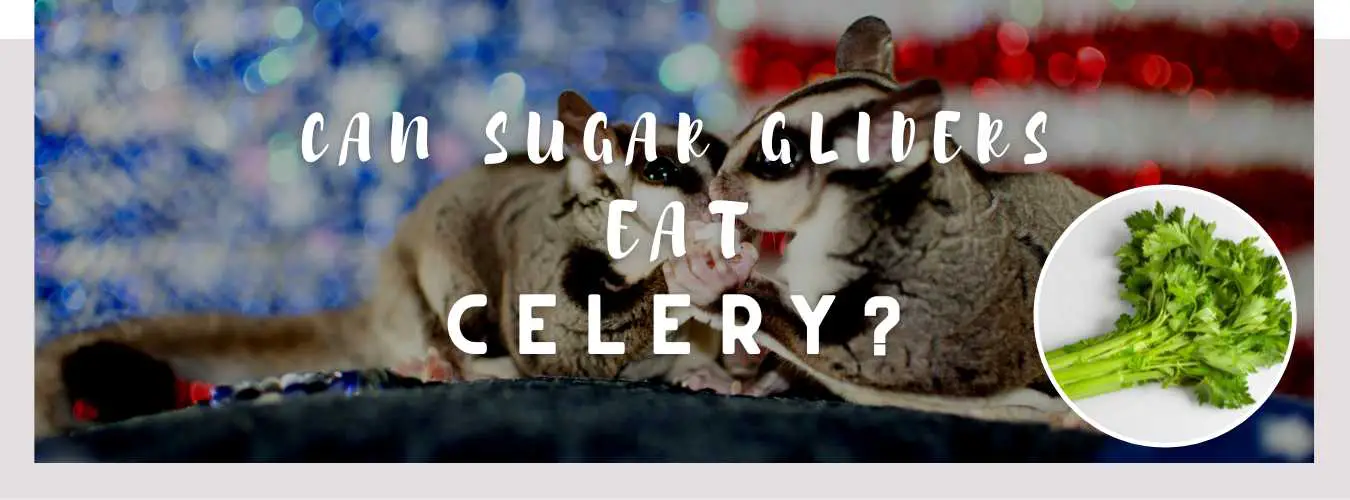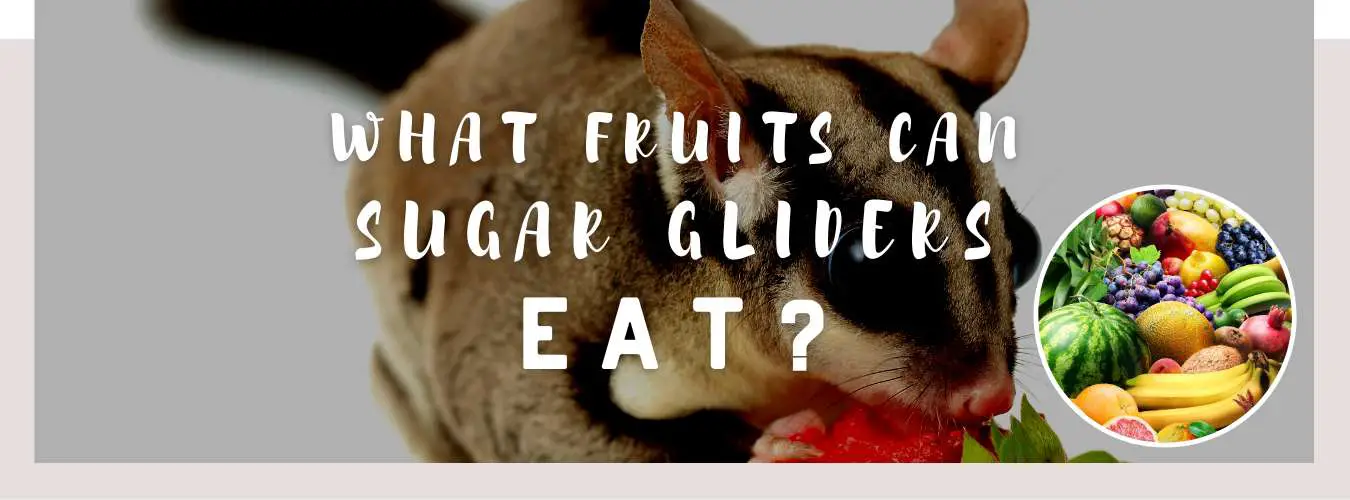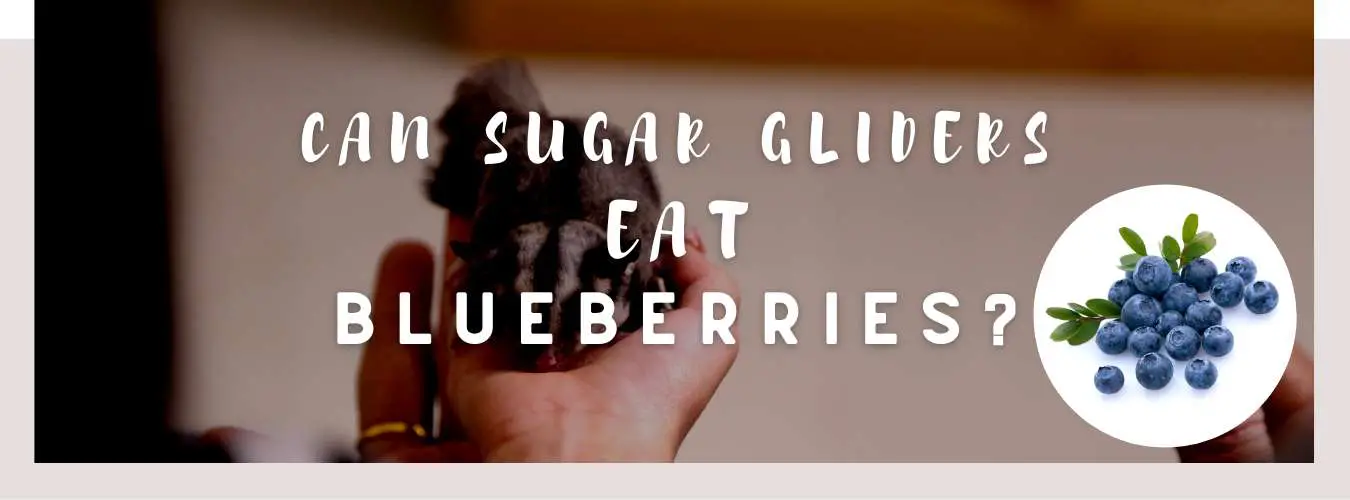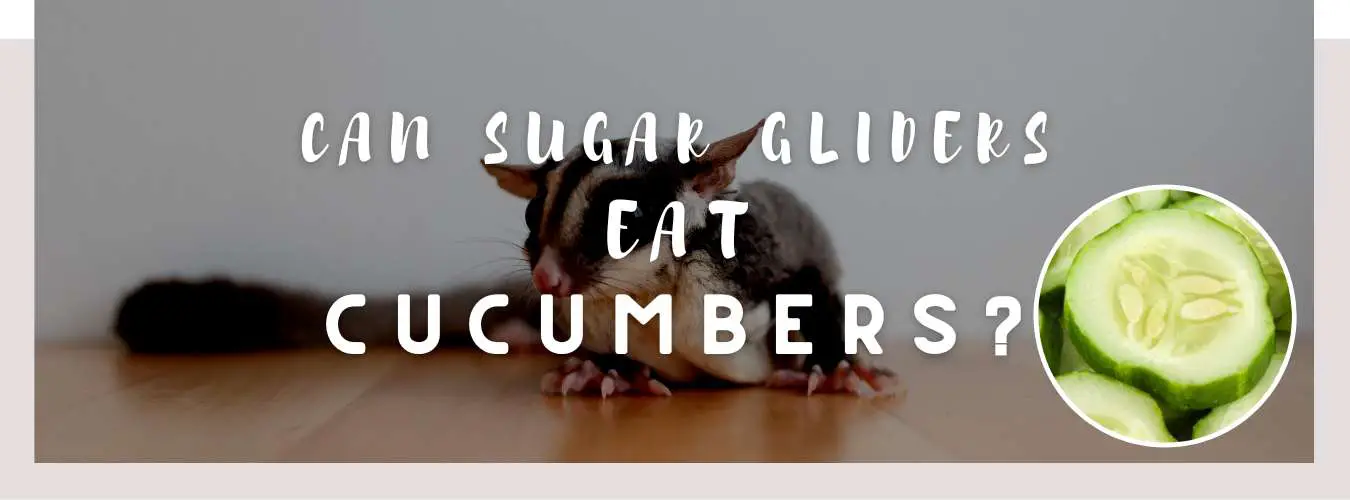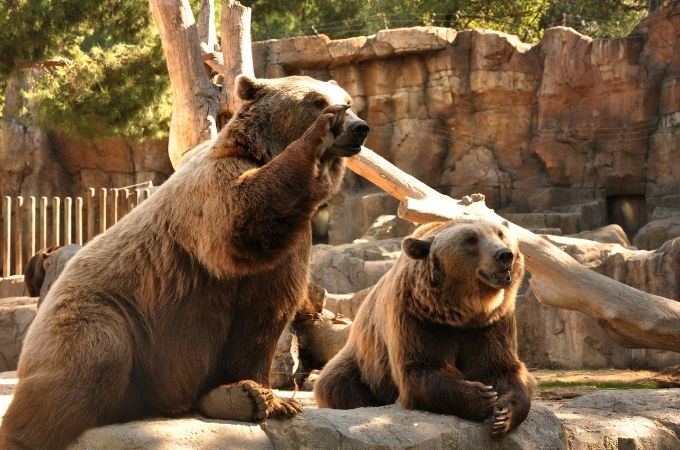
There are approximately 8 bear species: the Giant panda, Sun bear, American black bear, Polar bear, Sloth bear, Andean (Spectacled) bear, Asian black bears and Brown bears (Grizzly). What bears eat depends on their habitat.
Bears are scientifically classified differently. They are Olingo, Olinguitos, Coati, Koala bears, Raccoons, and Red Panda.
What Do Bears Eat?
Bears are omnivorous animals that eat a variety of foods, especially ones high in protein and carbohydrates. Their diet consists mostly of plants, soft fruits, and bird seeds.
Bears are skilled hunters. They eat other animals such as moose, baby deer, and fish. Shockingly, they also enjoy carcasses. Bears eat winter-killed animals and eat the leftover kills of other animals.
Do Bears Eat Meat?
Yes, bears love to eat meat. Deers are a usual delicacy for American black bears. They would usually attack deers from behind and kill them by breaking their neck or spine in one motion. Bears have powerful claws that can render their prey helpless in one blow.
But bears prefer hunting baby deer (fawns) rather than adult deer. Bears do not stress while hunting for food because they practice scavenger-like hunting rather than active hunting. They instead feed on the carcasses of deer or a sleeping deer. Bears also feed on elk and moose if the size difference is not too great.
They may also eat pet food, especially the species that live close to areas where humans stay.
Can Bears Eat Honey?
Yes, bears love honey, a truism that the cartoons got right. Bears love human foods and honey is not an exception.
However, honey isn’t all that draws their attention. Bees do too. A hive consists of immature bee (larvae and pupae) varieties. These bees are rich in fat and protein. So, even though the honey attracts them, the hives hold even greater rewards.
After raiding a hive, bears nap until the next day because a cup of honey contains about a thousand calories. So seizing a hive and feeding on it is enough to satisfy a bear’s daily caloric needs.
Can Bears Eat Humans?
Yes, they can. However, note that humans are not a primary food source for bears. But they will eat humans if they are attacked by them, find themselves in a campsite while searching for food, or are forced to hunt humans in a case of starvation (which is highly unlikely).
You might also like: What Do Elephants Eat?
Do Bears Eat Plants?
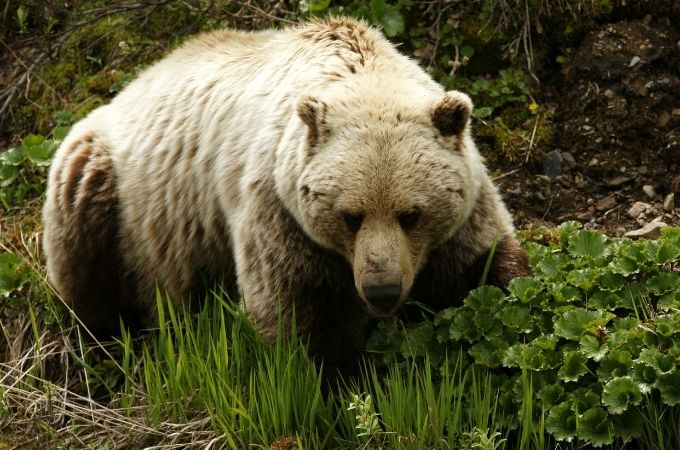
Yes, bears love and enjoy plants. But not all bears are foragers. For instance, North American brown bears are highly herbivorous. They prefer plants to meat. Their diet consists mostly of plants, mushrooms, berries and roots.
But black bears do not restrict their diets to plants and vegetation. Their diet consists of mostly meat. They like fish, insects, and other smaller animals they can kill.
Asian black bears and Sun bears like a broad variety of foods. They eat anything that is readily available.
Polar bears on the other hand are largely carnivorous. Seals are a staple meal for them. They also eat other larger mammals such as walrus and even reindeer. Vegetation makes up a very insignificant portion of their diet.
Andean bears feed on vegetation more than they do on meat. In fact, meat makes up less than 8% of their diet.
They prefer to eat more readily available food choices that offer no stress at al. They enjoy all kinds of fruits, tree barks, succulent tubers, and fungi. They forage for tree roots, mushrooms and edible tubers.
Can Bears Eat Seeds?
It seems odd but bears eat seeds. Bears sample bird seeds that are left in residential feeders. They will often visit if they notice a bird feeder close by.
It is advisable to take away bird feeders so as not to have a bear as a frequent visitor.
What Do Baby Bears eat?
This will depend on the species. To say that all baby bears feed on the same type of foods after the usual breastmilk would be inaccurate.
While many mother bears hibernate lightly after giving birth to baby bears, they stay awake and feed solely on the mother’s milk for survival. Most bear cubs stay holed up, nursing in their mother’s den for about 2 to 5 months while feeding on milk.
But unlike most bear species, Sun bear cubs are ready to enter the wild with their mothers as early as 2 months old.
After the breastfeeding, the cubs are ready to go out and fend for themselves in the wild. Bears depend majorly on their mothers in the wild. They eat food sourced by their mothers.
You might also like: What Do Squirrels Eat?
Polar Bears
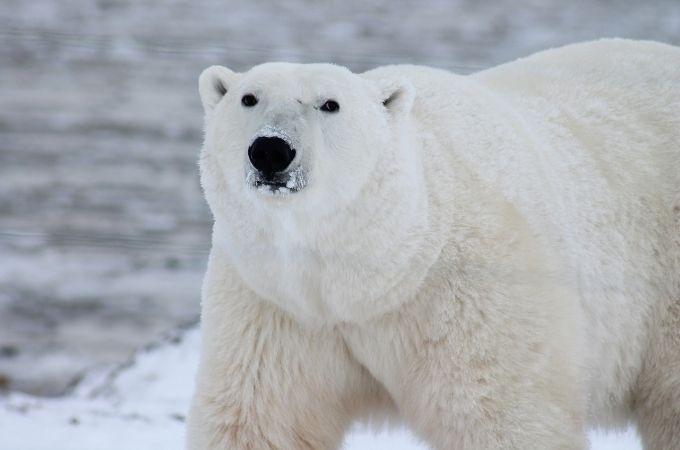
Baby polar bears feed on their mother’s fat-rich milk for about 2 years! After the milk, baby polar bears eat part of their mother’s game. Polar bears mostly feed on meat, especially seals, as a primary food source. And thor cubs learn to eat meat right after leaving breast milk.
Brown Bear (Grizzly Bears)
After the breast milk, brown bear cubs stay with their mothers to learn survival traits. They mostly feed on the foods that their mother provides. These include fish (especially salmon), beavers, deer, and carcasses.
They also learn to eat plants, berries, and mushrooms
Black Bear (American and Asian)
Black bears have an intense appetite for larvae and berries. Their cubs learn to feed on that right away. They are mostly omnivores and also love meat, edible roots, grass and other succulent vegetables. They also often eat fruits so you will find them near fruit trees. Baby black bears pretty much learn the food choices from the mother.
Sun Bear
Sun bear cubs leave their mother’s den as early as 2 months old to taste the variety of foods nature has to offer. They learn to eat ants, beetle, larvae, termites, and more when they face scarcity of fruits. They also learn to forage and feed at night.
Sloth Bear
Baby sloth bears leave breast milk to feed on termites and bugs. They learn to become prolific termites hunters. They also eat sugar canes, honey, and other sweet fruits they can find.
Giant Pandas
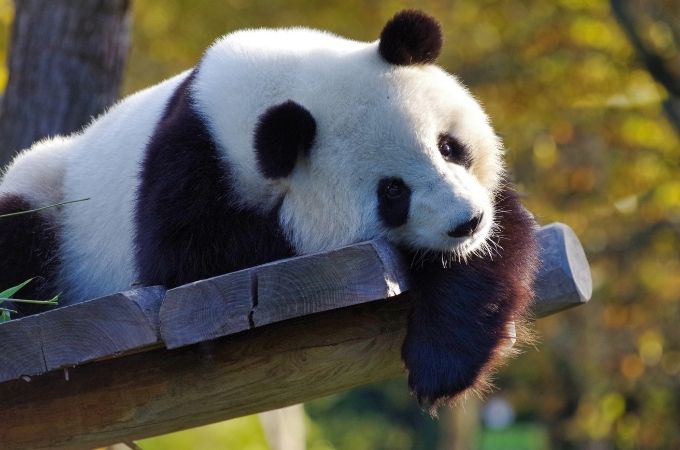
Baby giant panda bears eat bamboo shoots as the greater part of their diet. They feed on tender bamboo shoots and leaves. They also eat grasses, edible tubers and even carcsases.
Andean Bears
Baby andean bears become prolific omnivores right after they abandon the breast milk. They begin with all kinds of fruits, and plants. They may learn hunting skills. They will also feast on carasses.
Other Foods Bears Eat
Bears also search for nuts, starchy tubers, and roots before hibernation to help build the fat reserves they need for this period. Carrots, tomatoes, potatoes, squash, corns, melons, and other seedlings are foods bears enjoy.
In addition, bears eat beavers, other bears, ants, dog food, skunk cabbage, whales, carrion, bamboo eggs, to mention a few. Likewise, bears consume berries and herbs like blackberries, ruses, lupins, yampah, sedges, water chickweed, and clover.
In short, bears enjoy various fruits, berries, flowering plants, roots, tubers, and grasses and anything humans enjoy as food choices. They eat termites and many other insects that humans could never dream of eating.
Conclusion
Bears eat different food depending on their location, the availability of the food choice, and many other factors. They are all omnivores. But some are a little more carnivorous, others little more herbivorous, some strike a balance between both extremes. Some are opportunistic eaters that will make do with just about anything they find while others are active foragers for grass, edible tubers, mushrooms and other great delicacies.
Bears are very inquisitive mammals and will pay you courtesy visits if you leave a bird feeder outside. Remember to remove the bird feeder or change its location to a place bears won’t see it. This will help you avoid an accidental meeting with these beastly creatures.


